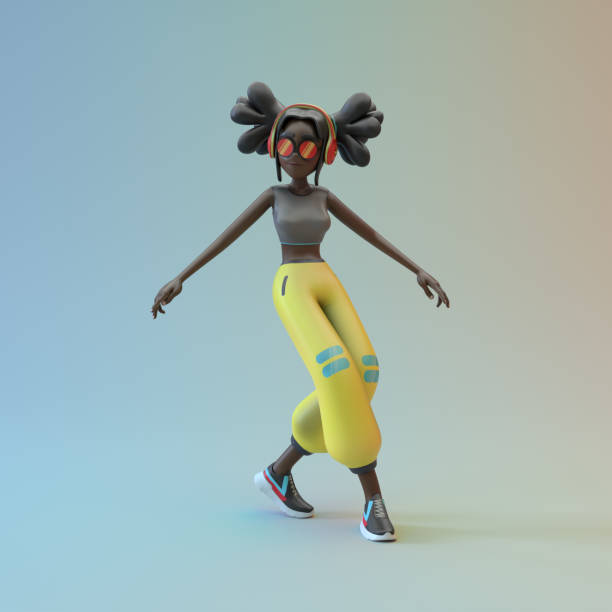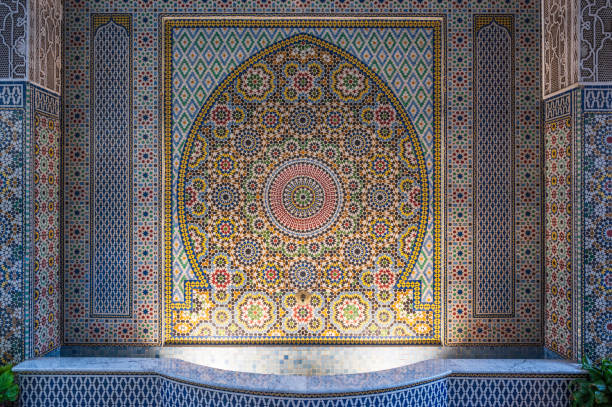Dancing Frames: Animation’s Journey Beyond Children’s Entertainment
Dive into the rich, vivid world of animation. Once considered a mere children's diversion, the medium has evolved into a respected art form, captivating audiences of all ages. Let's explore this transformation and the current state of the animation industry.

Animation: A Historical Overview
Animation’s roots stretch back to ancient times, with Paleolithic cave paintings depicting animals with multiple sets of legs suggesting motion. Over the centuries, various forms of animation emerged, from shadow play to magic lantern shows. However, it wasn’t until the late 19th and early 20th centuries, with the invention of motion picture devices like the phenakistiscope and zoetrope, that animation as we know it began to take shape.
The 20th century marked significant advancements in animation. Walt Disney revolutionized the industry with “Snow White and the Seven Dwarfs” in 1937, the first full-length animated feature. This success paved the way for other studios to explore the potential of animation. However, animation remained primarily a vehicle for children’s narratives throughout most of the 20th century.
Animation’s Evolution: From Kids’ Cartoons to Sophisticated Storytelling
The late 1990s and early 2000s saw a paradigm shift in animation as filmmakers began to realize its potential to tell more complex, adult-oriented stories. Pixar’s “Toy Story” (1995) not only introduced computer animation to the mainstream but also showcased a depth of storytelling that appealed to both children and adults.
Similarly, Japanese auteur Hayao Miyazaki’s films like “Spirited Away” (2001) and “Howl’s Moving Castle” (2004) garnered international acclaim, proving that animation could explore mature themes with artistic nuance. Animation became recognized as a medium not confined to children’s entertainment but capable of profound, universal storytelling.
The Current State of Animation: A Medium for All
Today, animation is a thriving industry, offering diverse content for various demographics. Adult-focused animated shows like “BoJack Horseman” and “Rick and Morty” tackle themes like mental health and existentialism with dark humor and satire. On the other hand, films like Disney’s “Frozen” and Pixar’s “Inside Out” enchant younger audiences while delivering meaningful messages about self-identity and emotional resilience.
The success of these productions is reflected in their critical and commercial reception. “Spider-Man: Into the Spider-Verse” (2018), a visually stunning exploration of identity and heroism, won the Best Animated Feature at the 91st Academy Awards. It’s clear that animation has carved out its place in the broader landscape of film and television.
Animation’s Impact and Significance
Animation’s evolution from children’s entertainment to a versatile storytelling medium has had profound cultural impact. It has broadened the scope of cinematic storytelling, enabling creators to depict fantastical worlds, abstract concepts, and narratives that might be challenging to portray with live action.
Furthermore, animation’s universal appeal allows it to transcend cultural boundaries, fostering global understanding and appreciation. Whether it’s the heartwarming adventures of Pixar’s toys or the ethereal beauty of Studio Ghibli’s spirited realms, animation connects us through shared human experiences, proving that it is indeed a medium for everyone.
Conclusion
Animation’s journey from simple children’s fare to a sophisticated art form has been a remarkable one. Its current state reflects its versatile potential, offering diverse narratives that resonate with audiences of all ages. As technology continues to advance and creators push boundaries, the future of animation promises to be as dynamic and vibrant as the worlds it brings to life.




